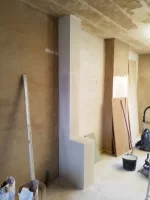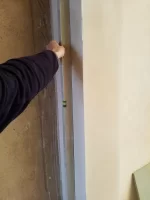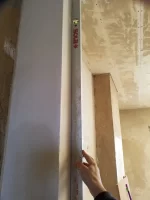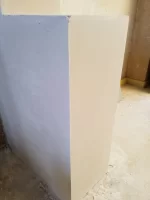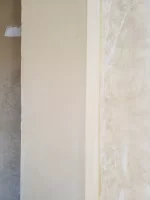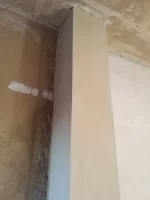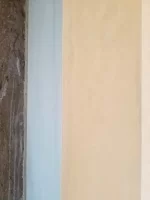Monkey Boy
Well-Known Member
I think if you weigh up a job with tight margins and offer a really good price, because your not really happy with it yourself and there is not much profit in it and really you want more because deep down you know it warrants more, you come across as a dodgy rip off to the customer. Your better off doing that pricing thing, adding 50% and going for it with faux confidence and get viewed much better by the customer for itI have always sold myself short when I was younger, and even though my work was good, it rarely lead to repeat business because I think people don't take you seriously if you don't make them pay. It's very paradoxical how pricing works, psychologically.
Last edited:

